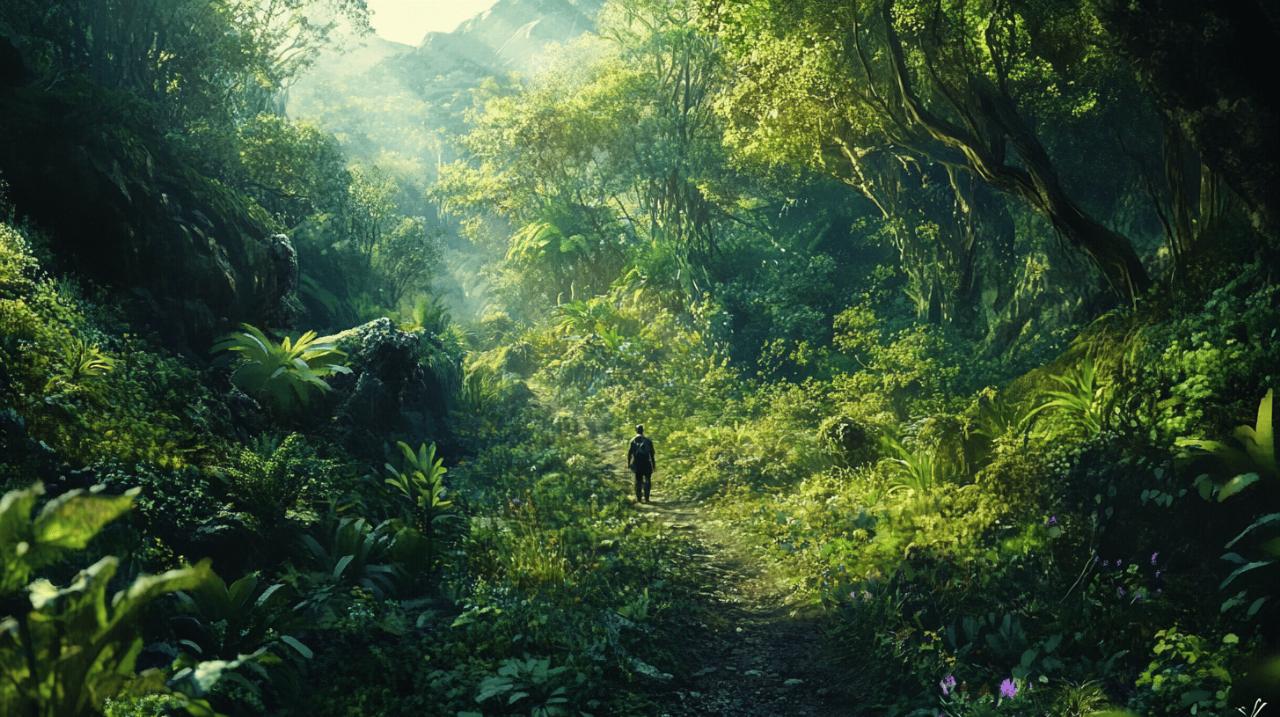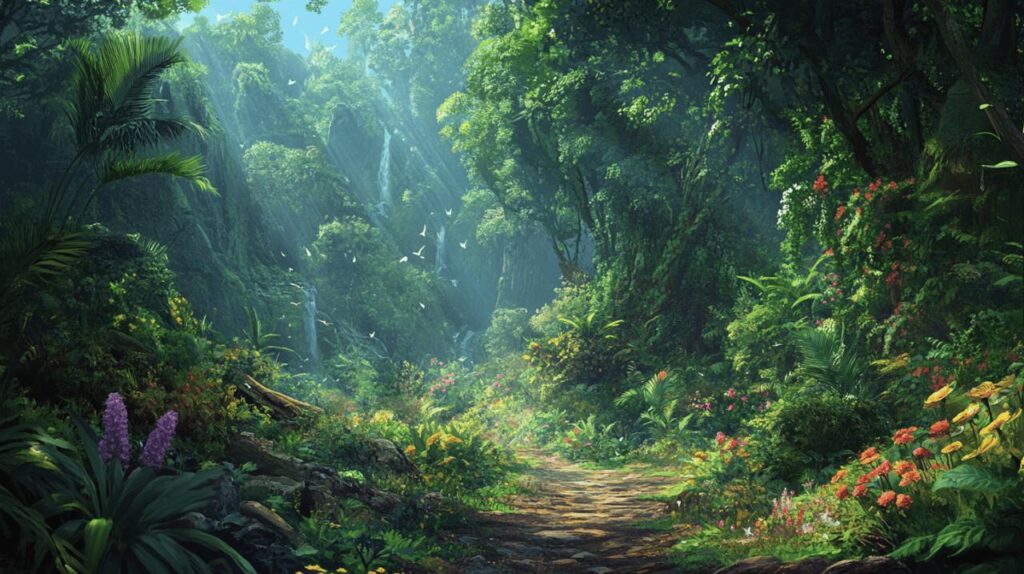Embarking on a hiking adventure offers more than just scenic views and physical exercise; it’s an opportunity to immerse yourself in the incredible diversity of life that flourishes along trails and within nature reserves. As you plan your next outdoor adventure, consider how you might experience the rich tapestry of plants and animals that make each ecosystem unique. Whether you’re an experienced rambler or new to trail exploration, the natural world awaits with countless discoveries.
The rich tapestry of ecosystems along hiking trails
Every hiking path offers a window into a complex world of ecological interactions. From the rolling hills of the Cotswold Way to the coastal splendor of the South Downs Way, the UK boasts remarkable biodiversity waiting to be explored. The travel guides from Amici del Paese Di Oz highlight how diverse ecosystems can be found even in seemingly similar landscapes. Their recent feature on the biodiversity in the troglodyte village in Dordogne demonstrates how unique habitats develop in specialized conditions, offering inspiration for biodiversity enthusiasts planning rambling adventures.
The varied plant communities you might encounter
As you traverse different elevations and terrains during your hike, you’ll notice distinct changes in vegetation. Forest ecosystems might transition from dense canopies to open meadows within a single day’s walk. These transitions create ecotones—boundary areas between different plant communities—which often harbor greater diversity than either adjacent ecosystem. Walking holidays through areas like the Lake District National Park showcase these transitions beautifully, with oak woodlands giving way to heath moorlands and alpine meadows as you ascend.
Botanical exploration during your rambles offers a chance to witness seasonal changes and adaptations. Spring walks reveal woodland floors carpeted with bluebells and wild garlic, while summer brings vibrant wildflower displays in meadow ecosystems. Autumn transforms deciduous forests into spectacles of color as trees prepare for winter dormancy. Each season presents different opportunities for appreciating plant biodiversity and understanding ecological cycles.
Wildlife habitats and animal spotting opportunities
Wildlife watching adds another dimension to hiking adventures. Animals inhabit specific niches within ecosystems, and understanding their habitats enhances your chances of memorable encounters. Dawn and dusk offer prime wildlife viewing opportunities, when many mammals and birds are most active. The South Downs Way, stretching 175km from Winchester to Eastbourne, passes through five National Nature Reserves and numerous Sites of Special Scientific Interest (SSSIs), providing excellent wildlife spotting opportunities.
Birds often serve as excellent indicators of ecosystem health and diversity. Listening for their calls can alert you to species you might otherwise miss in the dense vegetation. Mammals like deer, foxes, and badgers may be glimpsed in quieter moments, while reptiles bask on sun-warmed rocks along trails. Even small ponds and streams host amphibians and aquatic insects that contribute to the biodiversity of an area. Bringing binoculars enhances these experiences without disturbing wildlife in their natural habitats.
Making the Most of Your Biodiversity Rambling Experience
 Proper preparation ensures you’ll fully appreciate the biodiversity you encounter while hiking. Research before your trip helps identify what species you might see and their ecological significance. Applications like iNaturalist allow you to contribute to citizen science by documenting the species you observe, creating a meaningful connection between recreation and conservation research.
Proper preparation ensures you’ll fully appreciate the biodiversity you encounter while hiking. Research before your trip helps identify what species you might see and their ecological significance. Applications like iNaturalist allow you to contribute to citizen science by documenting the species you observe, creating a meaningful connection between recreation and conservation research.
Essential gear for nature observation during hikes
Beyond standard hiking equipment, certain tools enhance biodiversity observation. Quality binoculars bring distant wildlife into clear view without causing disturbance. A compact field guide or nature identification app helps identify unfamiliar species. A camera with a zoom lens captures memories while maintaining a respectful distance from wildlife. For botanical enthusiasts, a hand lens reveals intricate details of flowers and lichens that might otherwise go unnoticed.
Weather-appropriate clothing in subdued colors helps you blend into natural surroundings, increasing your chances of wildlife sightings. Waterproof layers protect you during sudden downpours while allowing continued exploration. Sturdy footwear with good tread supports navigation through varied terrain types, from muddy woodland paths to rocky outcrops, each hosting different communities of plants and animals.
Responsible rambling practices to protect local ecosystems
The Leave No Trace principles form the foundation of responsible hiking. Staying on marked paths prevents damage to sensitive vegetation and wildlife habitats. Proper waste disposal protects water sources and prevents wildlife from consuming harmful materials. By refraining from picking plants or disturbing wildlife, you help preserve the biodiversity that makes these areas special.
Supporting conservation extends beyond individual hikes. Many outdoor enthusiasts volunteer with organizations that plant trees and protect natural habitats. Choosing eco-friendly gear made from sustainable materials reduces your environmental footprint. Supporting local businesses near hiking destinations contributes to community-based conservation efforts. By offsetting carbon emissions from travel through programs like the Woodland Carbon Code, you help address broader environmental impacts of your adventures. Through these mindful practices, rambling becomes not just a way to observe biodiversity but to actively protect it for future generations of nature enthusiasts.


